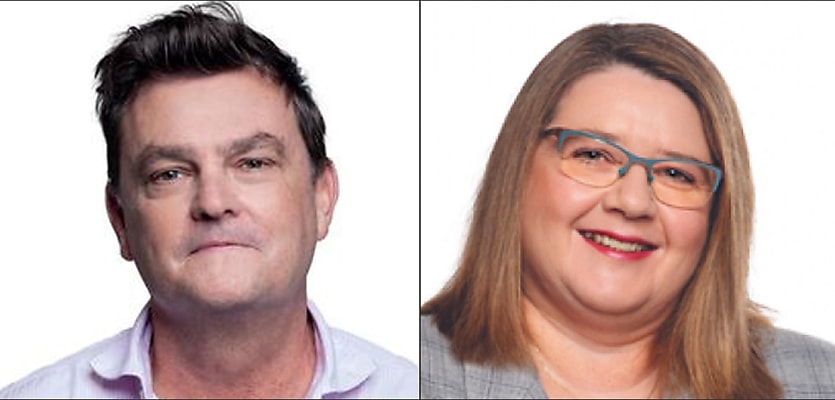As tenant activity in Brisbane’s industrial market remains strong, backfill induced by strong supply completions has seen a boost in vacancy rates over the first quarter of 2024.
The latest research from Knight Frank’s Australian Industrial Review Q1 2024 has revealed a take up of 196,000 square metres within Brisbane’s industrial market over the first quarter of 2024.
With over half of the leasing activity (104,290 square metres) said to come from precommitments, this rise in tenant activity registered as a 6 per cent increase on the previous quarter, marking the Queensland capital as the strongest performing within the eastern seaboard cities over the first quarter of 2024.
Knight Frank’s head of industrial logistics in Queensland, Mark Clifford, detailed that “manufacturing users were the most active over Q1 accounting for 45 per cent of take up, followed by retailers (25 per cent) and transport users (15 per cent)”.
“Of the eastern seaboard cities, Brisbane saw the biggest take up over Q1, while Melbourne and Sydney saw a 43 per cent and 60 per cent drop respectively, largely due to a lack of precommitment deals,” Clifford detailed.
Even with this surge in tenancy within Brisbane, Clifford identified “strong supply completions” as fuelling a 50 per cent rise in vacancy in the city’s industrial market, with vacancy increasing from 309,073 square metres in Q4 2023 to 462,979 square metres in Q1 2024.
Characterising this increase, Knight Frank partner, research and consulting, Jennelle Wilson, relayed that “available space in Brisbane’s industrial market has effectively doubled from the extreme lows of early 2023 and is back in line with the levels of early 2021”.
This rise in vacancy was described as falling in line with the greater trend across the industrial market on Australia’s eastern seaboard, with Melbourne’s vacancy increasing by 454,513 square metres, ahead of Brisbane (+153,906 square metres) and Sydney (+151,703 square metres).
These Q1 increases across the three markets were also influential in reinvigorating the country’s greater industrial market, with vacancy doubling across the eastern seaboard over Q1 this year to 1.49 million square metres.
Even with this upswing in vacancy, Wilson stated that rents have remained stable, with a marginal increase of 0.4 over Q1 bringing rental costs up 6 per cent over the year to $158 per square metre, while average incentives have also stabilised at 11–13 per cent.
“Looking ahead, the gap between prime and secondary rents is expected to widen. Recently it was common for secondary assets to achieve rents very close to prime levels, but this is expected to become the exception rather than the norm over 2024,” explained Wilson.
“Prime rental growth is expected to remain flat through the first half of 2024 before being drawn upwards by economic rents again in the second half of the year.”
In terms of transactions in Brisbane’s industrial market, Clifford said the breadth of purchases and the size of industrial deals have begun increasing in the city.
“While private investors are still active in the sub-$30 million price bracket, this quarter also saw the participation of syndicators and institutional capital in the market,” he concluded.

Never miss a beat with
Stay across what’s happening in the Australian commercial property market by signing up to receive industry-specific news and policy alerts, agency updates, and insights from reb.
Subscribe to reb Commercial:









You are not authorised to post comments.
Comments will undergo moderation before they get published.